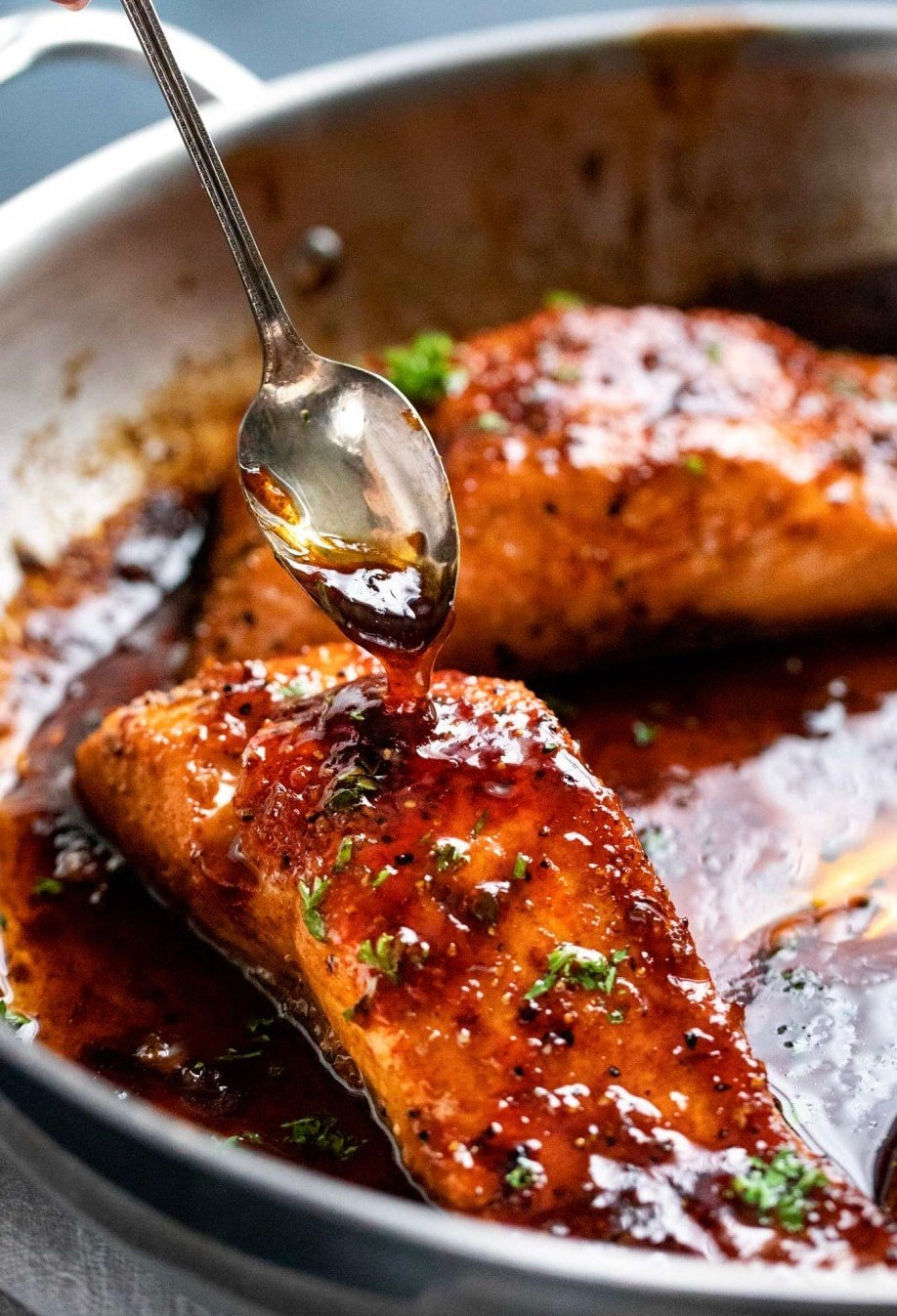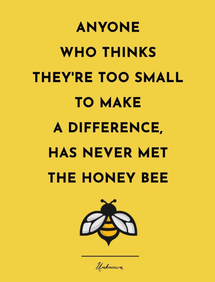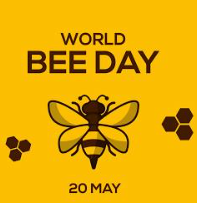 IN THE HIVE: -Bees are hunkering down for the winter in their clusters now and there will be very little if any eggs being laid. INSPECTIONS & NUTRITION: - If using candy boards, place candy boards on hives either this month or next month. Some also recommend placing candy boards by December 22, the winter solstice. - November is the 1st month of the new beekeeping season. Prepare to do beehive inspections when its time. Get a Beehive Inspection Sheet for keeping thorough records of your inspections, or utilize your own beehive inspection record keeping system. EQUIPMENT: - Do you plan to order bee packages for next season? - Do you know where you will be ordering them from? - Assess last season and make plans for the next. - If storing equipment over the winter, make sure to eliminate the possibility of wax moths. - Freezing your equipment for a period of time and also utilizing moth crystals will help to prevent wax moths. BEE YARD & ENVIRONMENT: - Do you need a wind break in your beeyard? - If you want to insulate your hives, be sure not to increase moisture buildup with whatever method you choose to use.
0 Comments
 IN THE HIVE: - In the middle of the month, bees start to form their winter cluster at around 50 degrees F. - The bees will still look for food outside the hive on the warm days and rob other hives that are open or unprotected. - There will be hardly any egg laying if at all this month. Drone population will dwindle from either dying off or being forcibly removed by the female bees. INSPECTIONS & NUTRITION: - There should be at least 70-90 pounds of honey for the bees to eat in a full sized colony now. - As in the previous 2 months, you can feed the bees. Change to a sugar syrup of 2:1 ratio. This is a thicker ration than what you feed in the spring. The thicker syrup will help the bees to evaporate moisture from the hive faster. - The bees need at least 2 double sided frames of pollen stored by late winter and early spring. PEST MANAGEMENT: - The number of Varroa mites per 100 to signal for treatments increases to 3 mites per 100 bees this time of year. - Make sure no Varroa mite chemical treatments remain in the hives before you winterize them. - Check all frames for American Foulbrood. - Place mouse guards on the hives at this time. - Add entrance reducers. BEE YARD & ENVIRONMENT: - Winter prep of equipment includes removing extra honey supers and queen excluders, and securing the hive cover with a strap or block. - If regular supers haven't been filled, remove them now. - If you plan to insulate the hives, ensure whatever method you use will not cause moisture build-up in the hive. There must be an upper entrance open for escape. - If insulating, tilt the hive forward a few degrees, allowing excess moisture to drain out the bottom entrance. - You might need to set up a wind break near your hives. BLOOMING NOW: There are still a few dwindling plants in bloom, especially asters of all varieties.  IN THE HIVE: -In September, the queen will slow down egg laying and the brood area will diminish. -This month signals the end of the second swarm season. -Varroa mite population, if left untreated, peaks around August/September. -Nectar resources become less abundant. -Resin/propolis collection continues. -The bees can become more defensive at this time of year as they protect the stores in their hive and they protect against robbing. They also do their robbing of other hives. INSPECTION & NUTRITION: -Continue to perform thorough colony inspections this month, as it will be the last month until spring that they can be done. -Thorough inspections require the hive to be open longer periods of time, which can help other bees rob the hive. Don't rush the inspection but be efficient. -Things to take note of this month are hive weights, number of bees and location of honey stores. -Brood pattern may be more difficult to evaluate because of the drop off of egg laying this month. PEST MANAGEMENT: -Continue to monitor Varroa mites constantly. 3 mites per 100 bees is the signal for treatment. -Remove drone cone foundation for the rest of the year. -Look for signs of Nosema. -Apply chemical mite control once supers have been removed. COLONY POPULATION: -If you have a weak colony that won't make it throught the winter, decide now whether or not to cull it or combine it with a stronger colony before winter comes. - Don't move anything around that will affect brood pattern this month as the bees are now rearing winter bees. BEE YARD & ENVIRONMENT: -Extract fall honey immediately to prevent small hive beetle infestation. -Fall honey may need to be warmed in order to filter it as it will granulate more quickly than spring honey. BLOOMING NOW: Goldenrod is still blooming abundantly, Sweetclovers, Asters, Thistles, Purple Loosestrife and others. Honey that is heavy with Goldenrod can have a distinct "smelly sock" odor, so don't be alarmed if you smell this.  It’s offically summer time! What better way to enjoy the season than with meals that highlight the carefree sunny days. We are back in the hive kitchen today, sharing another excellent seasonal recipe. This time, we have chosen a protein packed main dish that will have you licking the fork! July's feature is Honey Garlic Glazed Salmon posted by the Chunky Chef. Sticky sweet and garlicky, this glazed salmon recipe comes together in just 20 minutes. Serve this delicious dish with rice, a cool salad, or roasted veggies from the garden. Enjoy! Ingredients: SALMON:
|
Join usLearn About Honeybees Shop our new club store for great WLBA merchandise!
|
|
© 2010-2023• WHITELICKBEEKEEPERS, West-Central, Indiana • Contact Us
|


